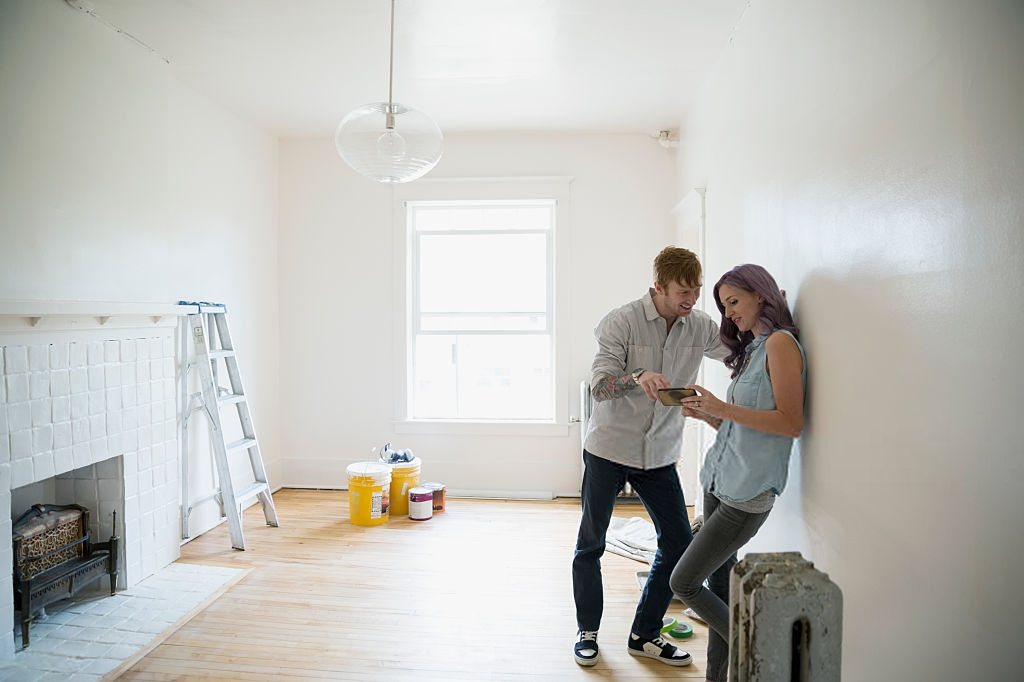The Best Techniques For Drying Out Your Basement
The Best And Most Effective Techniques For Drying Out Your Basement
Drying out your wet basement can be one serious battle you have to win before finishing your basement. However, it is not as frustrating as it appears once you know the right techniques to use. The amount of humidity in your basement can be controlled by factors like local geography, climate, and home construction. And this relative humidity of your basement can have very huge effects on the value of your home. Fortunately, there are different proven techniques you can adopt to dry out your basement. Some of these techniques yield better results when combined. Here are some steps you can take to dry out your basement.

1. Invest in a Dehumidifier
This is a very good idea for controlling the climate in your home because the amount of humidity your basement collects is far more than what other parts of your home collect.
You can get a good dehumidifier for less than $200. Getting a dehumidifier installed in your home is one cost-effective way of protecting your basement from any type of moisture damage. A dehumidifier will dry out your basement and also help prevent the growth of mold and improve your health generally.
2. Ventilate your Basement
You can create some makeshift ventilation techniques like opening your basement doors and windows, running fans, etc. You can also air out your basement with your furnace if it came with an air circulation option. You can also invest in a portable space heater to make the drying process faster.
3. Reseal your Basement Concrete
Basement moisture can come in through your walls when left untreated. The older your basement concrete is, the more prone it is to moisture attacks. This is one common cause of condensation where beads of moisture form on your basement floor and walls. You can easily solve this problem with a combination of paint and sealer. Sealants come in different colors and strengths, so ensure you carefully read the instructions to know which one is best for your walls and floor.
4.Take Care of Air Leaks
In most homes, the point between the foundation and the floor is always prone to moisture leakages. Small openings around your vent, windows, etc can allow moisture into your basement. If your vents and windows are leaky, a foam weather stripping or silicone sealer can help you fix the leaks. You will still have to ventilate to dry out moisture.
5.Attend to Grading Issues and Downspouts Outside
You can't keep the insides of your basement dry if moisture still collects around your foundation. Even sealants won't keep moisture away for long if you don't attend to the moisture collection outside. Ensure your downspouts are at least 4 feet from your house. This ensures water flows away from your foundation. Also, inspect your grading grounds to correct where it runs toward your home and carry out urgent regrading to fix the problem.
6.Check your Dryer Vent and Other Vents
Inspect the entire length of your dryer vent for possible cracks and holes. If there is a humidifier installed in your main living space, check all the loose ducts and cracks for possible trapped moisture and fix them.
The severity of your basement humidity problem will determine how many of these techniques you need to combine to dry out your basement completely and keep moisture out. Sometimes, you may need to combine all the steps and techniques listed here to achieve a dry basement depending on where you live, the climate and condition of your home.